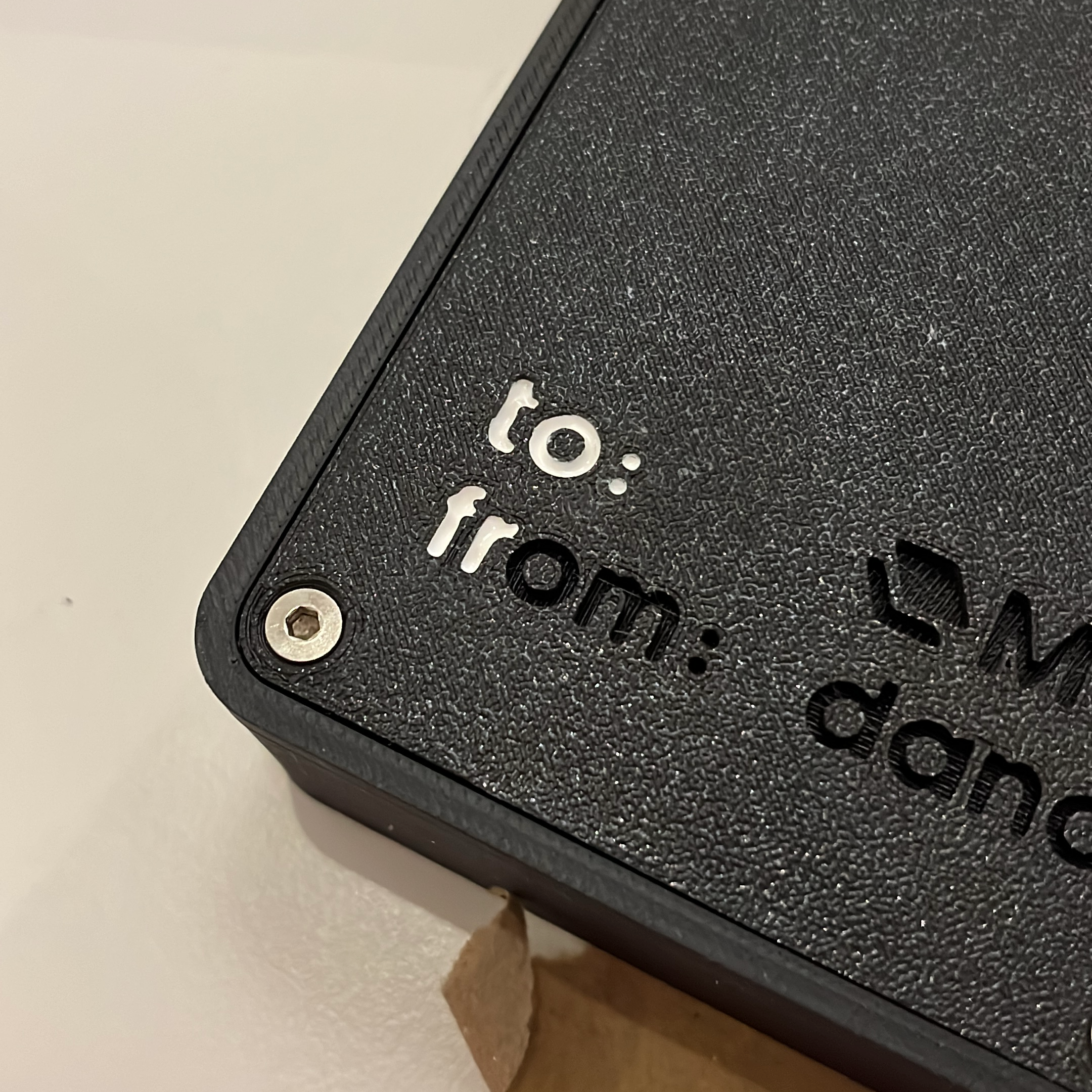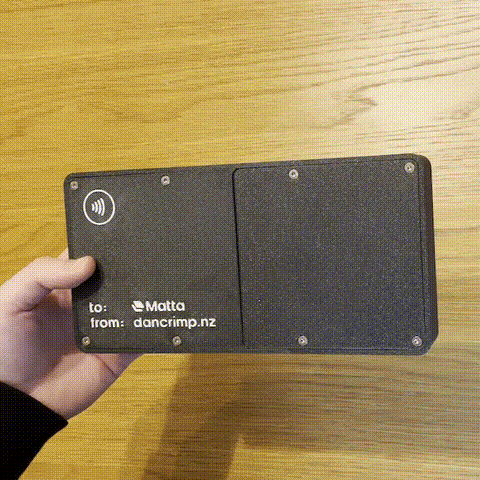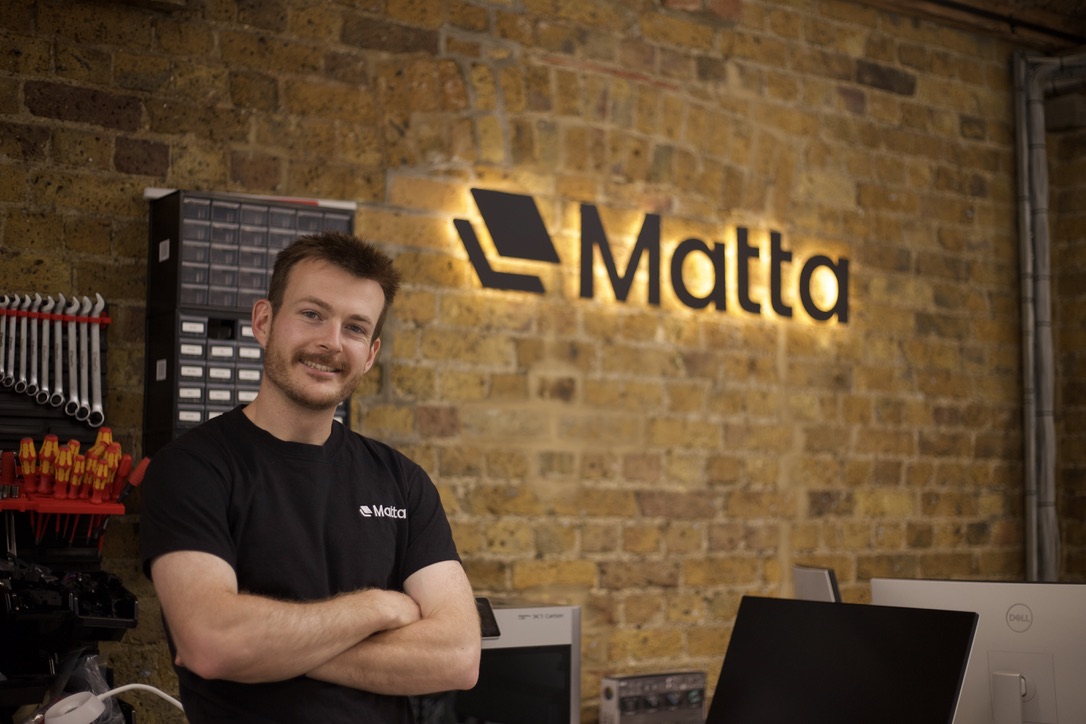Recently, after two years working in tech consulting, I decided to try something new and make a move into a product company.
Here’s the story of how I found an awesome startup that could make use of my eclectic skillset, and used that same skillset to make an application that would get their attention.

I like working with physical things. I muck around with cars, build cameras and go out of my way to fix things, often at more expense than is worthwhile. I’m 3 for 3 on nutribullet repairs.
When I left uni, if you wanted a technical job creating things, you’d be creating software. I had a pretty cool job back in Aotearoa/NZ writing code, but it didn’t feel right. I didn’t feel connected to the results of my work.
So, when I relocated to the UK, I also made a move from corporate number-crunching into proper software development. This was a great call, but still wasn’t scratching the itch. I eventually prescribed myself an in-house role at a reputable tech company with a product I believed in.
Finding the right role
I spent a few months researching and applying at established tech companies and startups. It didn’t go great. I wasn’t interviewing well, and I wasn’t excited by a lot of the work that was out there. After some unfulfilling searching, I stumbled across Matta.
Their site had very readable published research and a slick product - industrial cameras connected to an ML model that can find barely perceptible manufacturing defects with just a day’s fine-tuning. Their opening sounded like one of the vanishingly few roles that would value hardware, software, ML knowledge and creative skills. Applicants were encouraged to find creative ways to apply.
Challenge accepted
I thought I’d come up with an application that showcased my abilities as a creative and multidisciplinary engineer in such a way that aligned with their company’s character. I’d also read about their enthusiasm for Lego building breaks and coffee.
So I designed this envelope that enclosed my CV and covering letter, some Whittakers coffee chocolate from Te Whanganui-a-Tara and a Crimpy™ Lego minifig.
The envelope was printed from PLA plastic in a hoop design that minimises support structure and out-of-plane detail. This meant all external faces could be printed face down, and pick up a nice surface finish from the print bed. Countersunk screws hold it all together and sit flush. I was stoked with the industrial feel of the thing.
Some neodymium magnets embedded in the print hold the cap on - mechanical latches would’ve taken too long to iterate on. The whole thing closes quite firmly with a nice thunk.

A trick from my uni days - I spent a long evening injecting some quite viscous acrylic paint into the lettering in the print face. The paint adheres to the walls of each cut but sinks in the middle - this leaves a very nice radius once it sets. For the text itself, I found a similar font to their logo and combined that with some vectors I scraped from their site assets.

My CV has links to my publications, website and some prior work. However, hyperlinks don’t work after you print them out[citation needed]. So, I wanted a method of linking to my website in hardware. I sourced some NFC tags online and glued one in behind the cover. You can program the tags using a simple phone utility.

Finally, I generated a gif from my CAD software which showed the box design being drawn up. I displayed that on a hidden page on my website which provided a link to download my application docs and a blurb.

Conclusion
At the time of writing this, I’m sitting on the couch in the Matta office, having come in a bit early to finish off this post. I got the job!

In hindsight, I think I really made the application for me. I liked it. I was good at it. I stayed up ‘til midnight every day for a week - designing, painting and polishing, agonising over details. Why did I put so much effort into this? In writing this post, I think I’ve figured out the answer to that.
The type of problems our technical minds once solved were practical. Nowadays, private interests direct our skills toward designing solutions for increasingly nebulous and abstract problems.
Making this application reminded me there is still value to be found in creating things that serve humanity in the real world; our humblest three dimensions. That I can work on these problems for a living is rewarding, and the transition to this work has had a hugely positive effect on my wellbeing.
“The place to improve the world is first in one’s own heart and head and hands, and then work outward from there. Other people can talk about how to expand the destiny of mankind. I just want to talk about how to fix a motorcycle.”
Robert Pirsig, Zen and The Art of Motorcycle Maintenance
Ka kite anō,
Dan xx